Is Bankruptcy My Best Option?
6 Times When Declaring Bankruptcy in Canada May Not Be Right For You
By Debra Pangestu
When you’re in financial difficulty, declaring bankruptcy may sound like the only way out, but there are times when filing bankruptcy in Canada isn’t your best course of action. There are quite a few things to take into account before forging ahead with such a big decision, and if you don’t consider your options or think about how bankruptcy could affect other areas of your life, you could find yourself in a bigger predicament than where you started off.
Essentially, bankruptcy is a legal process that provides debt relief to consumers who are unable to repay what they owe to their creditors. It’s intended to help honest people who find themselves in unfortunate circumstances.
Regardless of your situation, the bankruptcy process has long-term implications that can affect your credit and your personal life, and it’s something that should always be turned to as a last resort.
If you’ve been asking yourself “is bankruptcy my best option?” set aside some time to take a good look at your financial situation, and if any of these points apply, filing bankruptcy may not be right for you.
Most of What You Owe Are Secured Debts
Types of Debts Not Included in Bankruptcy
Secured debts are those backed by collateral or an asset, such a mortgage or auto loan, whereas unsecured debts – like credit card balances – aren’t tied to any assets. Whether or not it makes sense to file for bankruptcy can depend on the types of debt of you have, because not all debts are included in a bankruptcy.
If most of your debts are secured, declaring bankruptcy may not provide the outcome you’re looking for. Assets like a home or vehicle that has been pledged as security for a loan may have to be sold. Bankruptcy also won’t discharge student loans that are less than seven years old, child support or spousal support payments, government overpayments, and court-ordered fines and restitution payments. However, bankruptcy will discharge unsecured debt, which include, but aren’t limited to, credit card debts, medical bills and collection amounts.
So before considering applying for bankruptcy with a trustee, assess your liabilities and determine which of your debts are secured. If the majority of your debts fall into this category, declaring bankruptcy may only wipe your slate clean if you give up most of your assets. If you’re not okay with this, you may be better off with other options or alternatives solutions.
You Have Co-Signers for Your Debts
Joint Debts in Bankruptcy
If you’re considering the idea of bankruptcy, you’ll need to go through all of your debts to check if anyone has co-signed for you. If you have any co-signed or joint debts, make sure you speak to the other person first, because your bankruptcy filing will affect their credit rating and their finances.
When someone co-signs a loan, they agree to maintain responsibility for the loan in the event that the primary borrower is unable to pay. If one person files for bankruptcy, then all the responsibility for repaying the full balance of the debt falls on the remaining co-signer or joint borrower. If the co-signer doesn’t have the means to take over the payments, their own credit rating will be affected and the creditor has the legal right to pursue them for payment.
So if you are joint on a debt with someone, or someone has co-signed on a loan for you and you can’t pay it back, you may want to think twice about bankruptcy, lest your credit rating – as well as your co-borrower’s credit rating – takes a turn for the worse.
You Can’t Afford to Go Bankrupt
Costs and Fees
What many consumers don’t realize is that there are costs and fees associated with declaring bankruptcy. In order to forge through with the legal process, you’ll have to come up with enough money to cover the costs of a trustee’s services and any filing fees. That’s right; you have to pay to go bankrupt.
How much it costs to file for bankruptcy in Canada depends on the size and total income of your household. The Canadian government has set minimum income levels to maintain a reasonable standard of living, and if your household is living at or below the standard, your bankruptcy fee will likely cost an average of around $1,500, which is paid to your trustee.
But if your income is $200 or more above the set government standard, you’ll have to make surplus income payments on top of the fee you are already paying. A trustee will calculate what these surplus income payments need to be, but 50% of your surplus income will need to be paid to your creditors.
In addition to the out of pocket filing costs, there are also assets to take into account. When you declare bankruptcy, your assets over a specified level or exemption will be sold, and the proceeds from the sale will be distributed to your creditors by your trustee.
Assets such as your home, vehicles, cash, and inheritances can be included in the liquidation of your assets. If you don’t want to sell or give up your assets, you will be expected to pony up the amount that would have been given to your creditors had the assets been sold. In the end, declaring bankruptcy could cost you more than expected.
It May Impact Your Job
Occupation Barriers
Bankruptcy may not be the best option if you work in certain occupations. If you work in finance, law enforcement, require a high security clearance, need to be bonded, or are licensed by a professional association, bankruptcy could potentially jeopardize your occupation. Filing for bankruptcy now could also prevent you from moving into one of these occupations in the future as well.
You Have Other Options Available – Bankruptcy Alternatives
Bankruptcy may not be the only way out of your financial nightmare. Depending on your financial situation, you could be better off in the long run with alternatives, such as a:
Debt Consolidation Loan
The first option to look at to improve your debt situation is often a debt consolidation loan. Consolidation loans are usually used to pay off high interest consumer debts. The end result is a single monthly payment that’s easier to focus on.
One objective when pursuing credit card debt is to lower your interest rate. This can be done when you’re consolidating credit card debts through a bank or credit union loan. However, if you don’t qualify for a loan at one of these places, then interest rates are often quite a bit higher at a finance company.
The one problem many people encounter when looking for a consolidation loan is getting approved. A bank may want some sort of security for the loan such as a vehicle or real estate.
If you can get a loan, it can actually help improve your credit score if the loan pays off a bunch of maxed out credit cards. Having to make only one payment each month also makes it easier to stay on top of your finances. And if you automate your payments, you won’t have to worry about falling behind on this loan payment.
Consumer Proposal
A consumer proposal is a legal arrangement that consolidates all your unsecured debt payments and only requires you to repay a portion of what you owe, based on your income and what you own. Like bankruptcy, a consumer proposal will be noted on your credit report, and there is a cost associated with filing a proposal. But unlike a bankruptcy, your assets will not be liquidated.
With a consumer proposal, the creditors that hold the majority of your debt need to agree to the proposed terms, and once they do, you are obligated to repay the agreed amount over a maximum of 5 years.
With a consumer proposal, your trustee makes an offer to your creditors to accept a portion of the unsecured debt, and once the proposal is accepted, all creditors are required to stop their collection efforts. Consumer proposals are arranged by a bankruptcy trustee, and it costs about $750 to file a proposal, and another $750 to proceed with the proposal if it is accepted by your creditors. The trustee will also retain 20% of your future payments as their fee for administering your proposal.
Debt Management Program
A Debt Management Program (DMP) is another kind of debt consolidation, in that you consolidate all your debts into one, so you just have one payment to make each month. But unlike a debt consolidation loan, a DMP doesn’t involve borrowing money. And unlike bankruptcy, it will not discharge your debts legally. This option is often done through a non-profit credit counseling service, and is designed to get you out of debt in fewer than five years without having to involve any aspect of the legal system.
With a DMP, the credit counselling agency you choose to work with will contact your creditors and arrange a plan to repay your unsecured debts in full at a lower interest, or in many cases, with no interest at all. Creditors aren’t obligated to accept a DMP, but they’ll typically agree to one if it makes sense. Once a DMP is in place, the creditors who agree to the plan will deal directly with the credit counselling agency until your debt is paid off through their program.
Like a consolidation loan, you make one affordable monthly payment to the credit counselling agency and they disburse your payments to your creditors. There is a nominal fee to setup a program like this along with a small monthly fee (10% of your payment amount to a maximum of $75).
A DMP notation on your credit report shows that you are making payments with the help of a third party, so your credit score will be impacted while you’re on the program. However, all records of debts repaid through the DMP are erased from your credit report 6 years after you start the program or 2 years after you finish, whichever comes first. This effectively gives you a clean slate soon after you finish the program.
If you’d like more information about a debt management program, or if you want to get a better understanding of what bankruptcy is, you can make an appointment with one of our accredited credit counsellors, at no cost. They’ll lay out all of your options and help you determine when bankruptcy is your best option.
Your Financial Hardship is Temporary – Wait to File Bankruptcy
Many times financial hardship comes in waves. Although you may be living on the edge right now, perhaps your financial situation will improve in the next few months, with either a new job, a promotion, or an investment that paid off.
So if you’re asking yourself if bankruptcy is a good option for you, realistically consider whether your financial problems are temporary or not. For example, if you recently lost your job, will you qualify for unemployment benefits? Do you have a good chance of getting another job in a few months? Do you foresee more cash flowing in over the next year or so? If you can see that that your current hardship might be temporary, you may want to wait and not enter into the bankruptcy process right way. If your circumstances improve in the near future, then you may be in a better position to pay down your debts.
Get Help Deciding if Bankruptcy is a Good Option to Solve Your Financial Problems
Declaring bankruptcy can have long ranging effects – both financially and personally – and it’s something that shouldn’t be ventured into lightly. If you’re having problems catching up with your payments and you don’t foresee your debts being paid off in the future, as you’ve seen outlined above, bankruptcy may not be your only way out.
However, if it’s something that’s seriously weighing on your mind, get information and answers to your questions in a free, confidential appointment with one of our professionally accredited, non-profit credit counsellors. They’ll look through your finances with you, help you consider all of your viable options, and help you weigh the pros and cons of bankruptcy. Then you can decide if bankruptcy is the best options for you or if there may be another less drastic solution. If bankruptcy does appear to make the most sense for your situation, they’ll refer you to a reputable trustee near you.
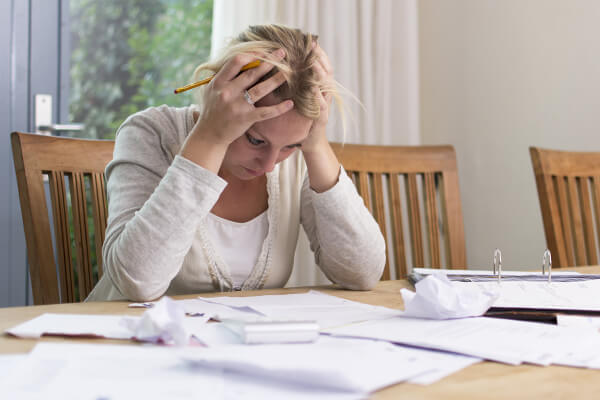


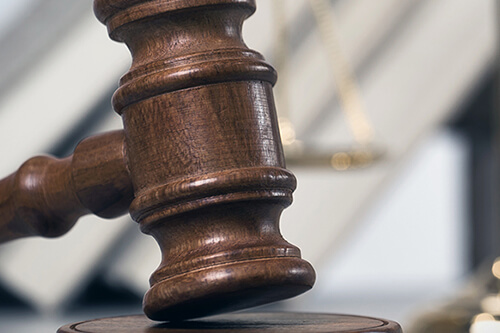
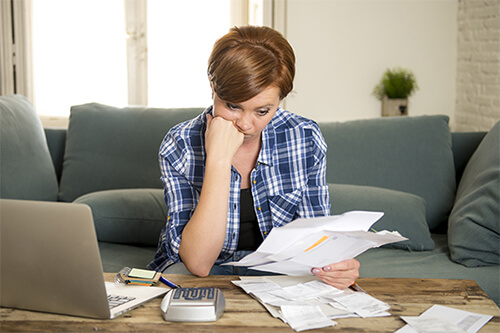
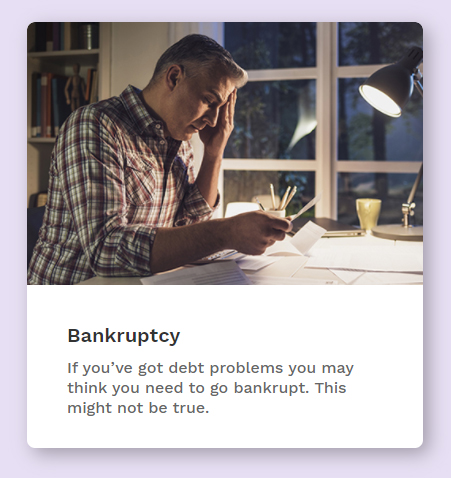
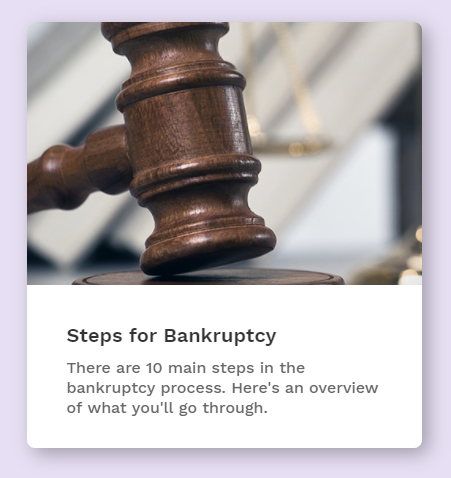
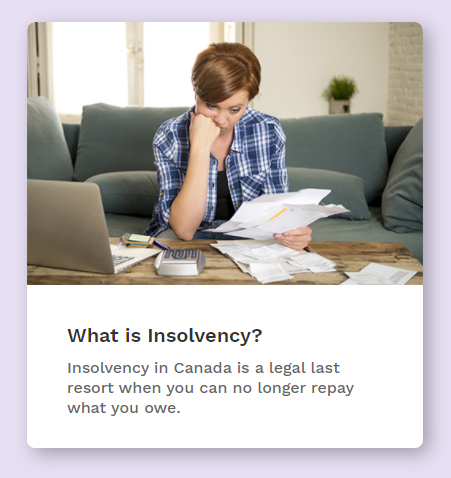
0 Comments